What do Honey Bees want?

It’s interesting to consider that most beekeeper management practices come, as might be expected, from the perspective of the beekeeper. Many questions being asked are answered based on what the beekeeper knows, wants or thinks. I guess that is to be expected as well. I mean, you can’t actually have a discussion with bees, and […]
Dearth and Colony Impact
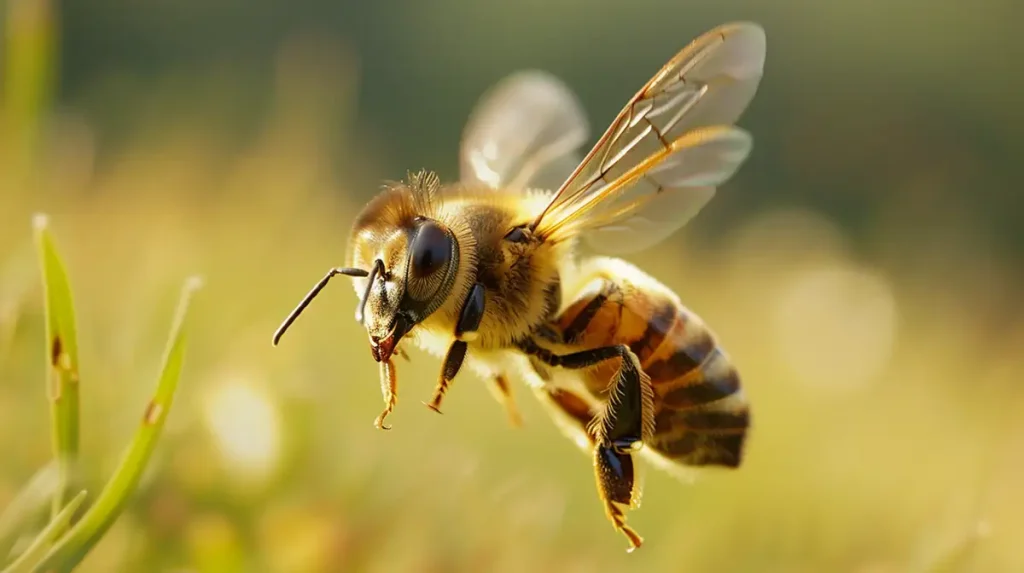
A nectar dearth or simply dearth is a natural seasonal gap when few or no plants are blooming with nectar-rich flowers. It typically occurs: In July and August in Ohio After the spring and early summer nectar flows (e.g., clover, black locust) Before the fall flow (e.g., goldenrod and asters in September) Many beekeepers recommend feeding your bees […]
Health and Immunity
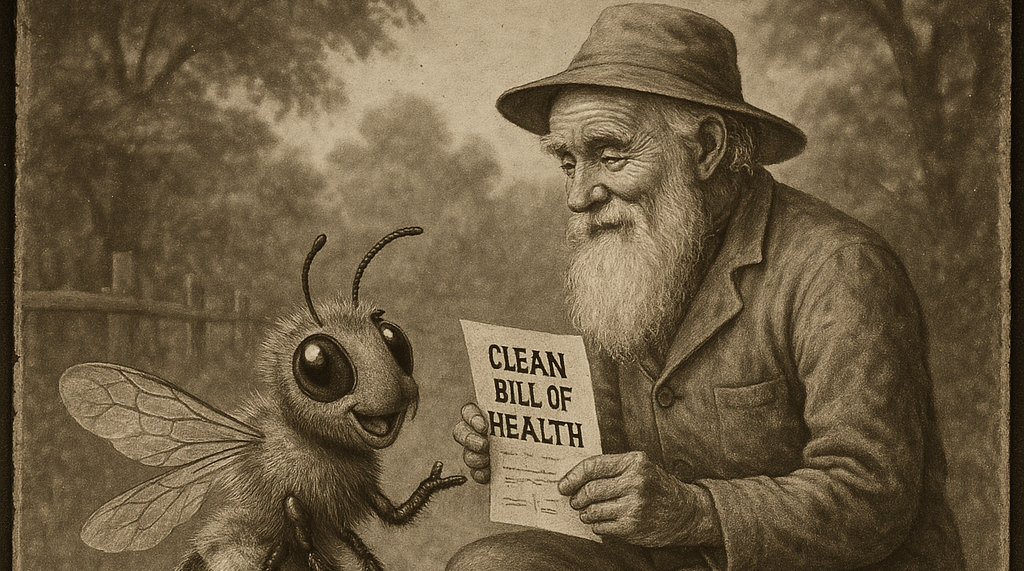
Honey bees are constantly exposed to contact with many types of pathogens. However, during evolution they developed a number of immune mechanisms. At the individual level, they comprise 1) resistance mechanisms associated with anatomical and physiological barriers of the body, 2) cell-mediated immunity involving immune cells (hemocytes), 3a) congenital humoral (body fluid), and 3b) induced […]
The Old Beekeeper – The natural rhythms of the colony.
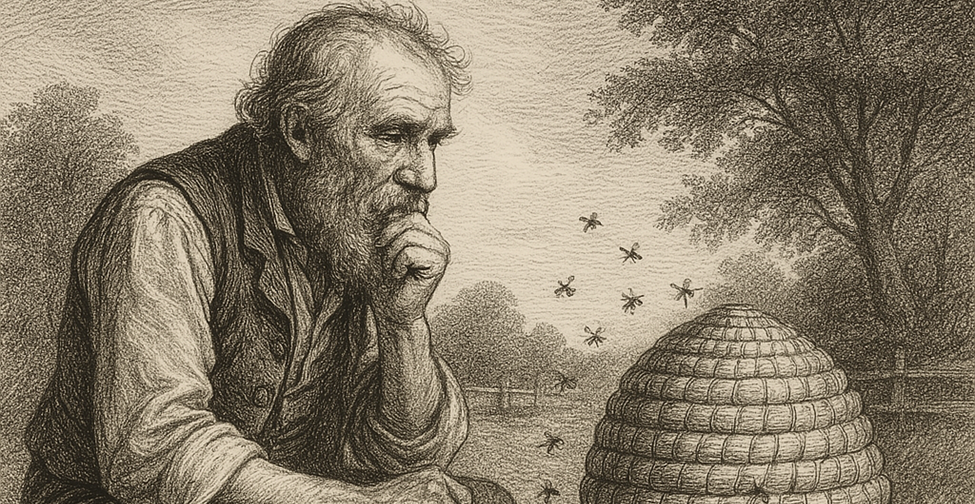
This blog will be a little different than my normal research focused topics. No summarized reference materials. No data or numbers. And no long confusing terms needing a Google search to understand. This one is simply my thoughts. I hope it makes you think too… Now I’m old enough to know you can’t “turn […]
Pollen: Why do bees and humans want it?
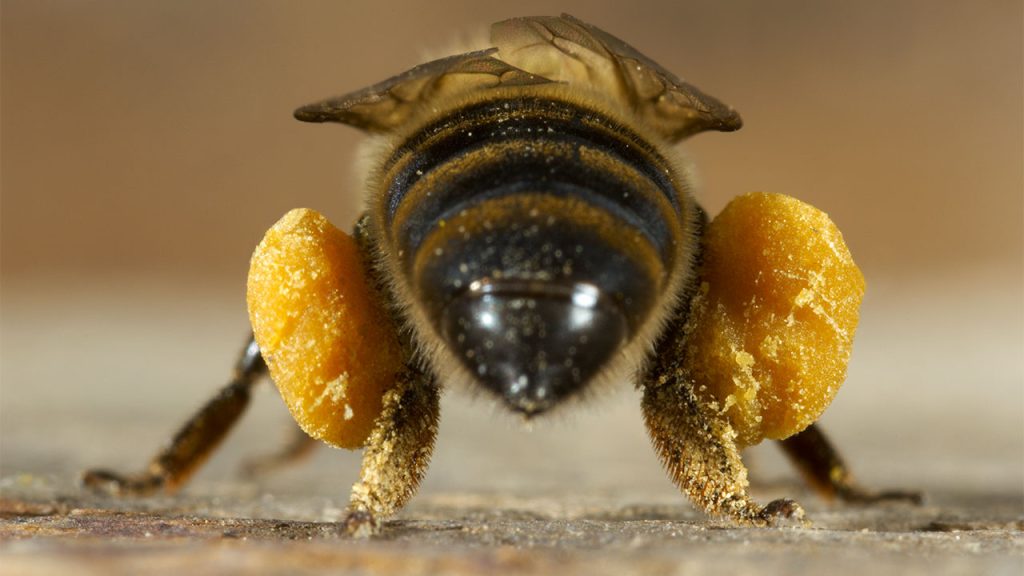
Pollen: What is it? We see pollen coming into the hive packed on the honey bees’ hind legs, we see it as a kaleidoscope of color packed in the cells of a frame of comb, but what is it really and why do the bees collect it. A basic answer is that pollen is the […]
Why Do Winter Bees Live Longer?
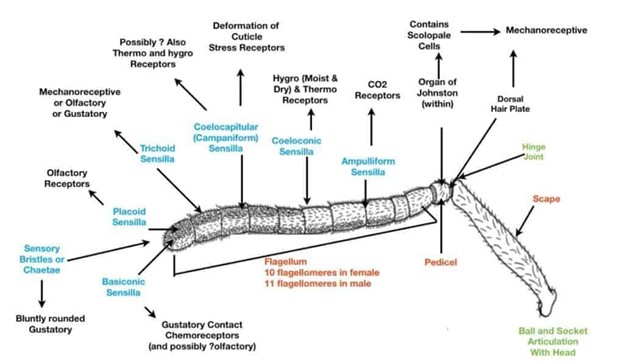
Introduction Winter can be a challenging time for beekeepers. As temperatures plummet, managing the internal conditions of beehives becomes critical and is a dance with nature. It’s clear that honey bees exhibit complex behaviors and physiological responses when managing their hive environment. The hive is in fact an extended phenotype (physical characteristic extending beyond its […]
Robbing Stress
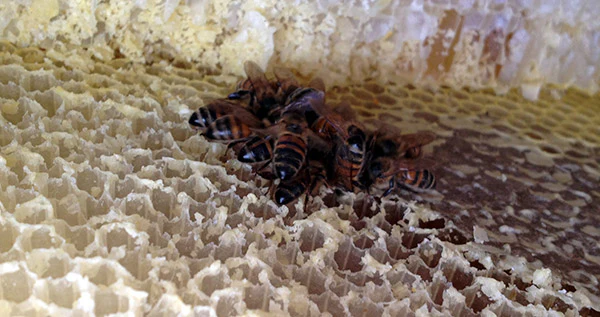
Introduction Honey bees forage for kilometers across the landscape, and they have sophisticated adaptations that allow them to take advantage of sparse, ephemeral floral resources. During extreme resource scarcity, they can deploy a comparably extreme foraging tactic known as robbing. Robbing is a high risk, high reward, and a tactic whereby workers attack and often […]
Mono-Culture Landscapes, Sunflowers, and Honeybee Health
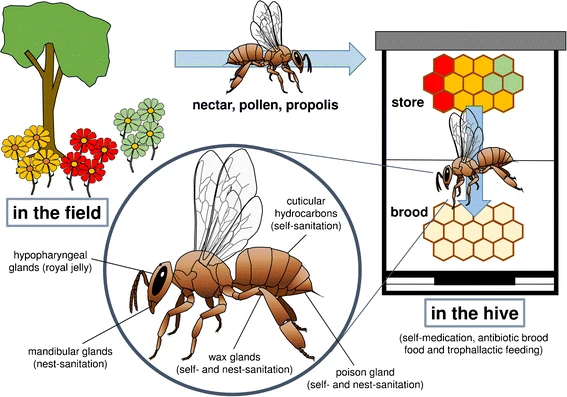
Introduction Landscapes can affect parasite cause and distribution in wild and agricultural animals. Honeybees are threatened by loss of floral resources and by parasites, principally the mite Varroa destructor and the viruses it carries. Existing mite control relies heavily on chemical treatments that can adversely affect bees. Alternative, pesticide-free control methods are needed to mitigate infestation with […]
Genetic Diversity Matters
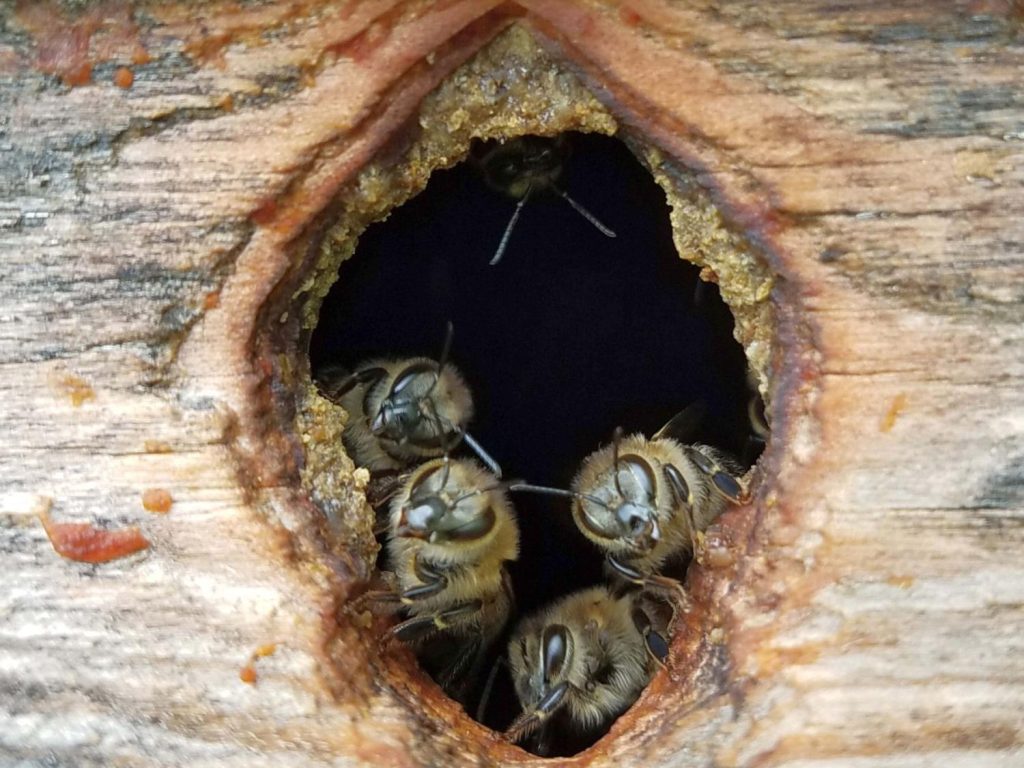
History The honeybee originated in the Old World, where it diverged into more than two dozen recognized subspecies. Initial introduction of the honeybee (subspecies A. m. mellifera) to North America occurred in the 17th century and records indicate that another seven subspecies were introduced by 1922, when further importations were restricted. With the notable exception […]
Propolis: Honeybees Love It for Good Reason
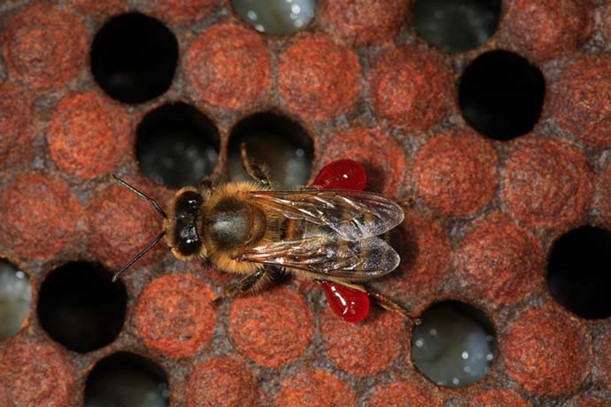
Introduction A beekeeper with their hive tool in hand will often be wondering what the best way is to separate and lift frames that are not only sticking together but also sticking to their gloves, tools and ruining their clothes. It’s like a sticky piece of tape that you just can’t seem to get off […]